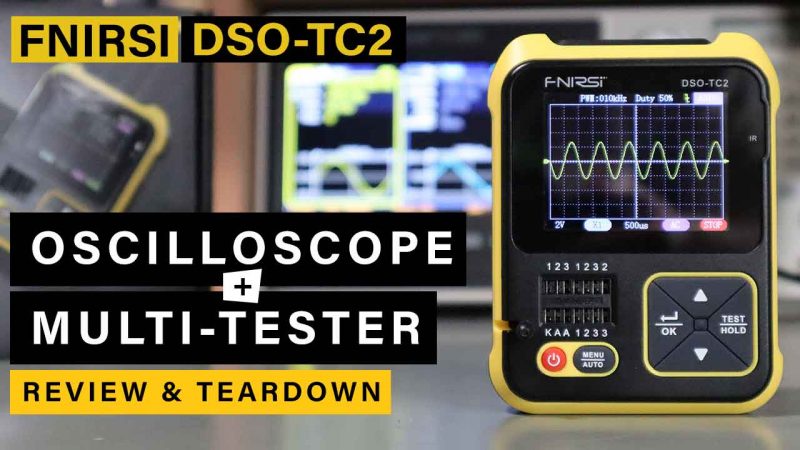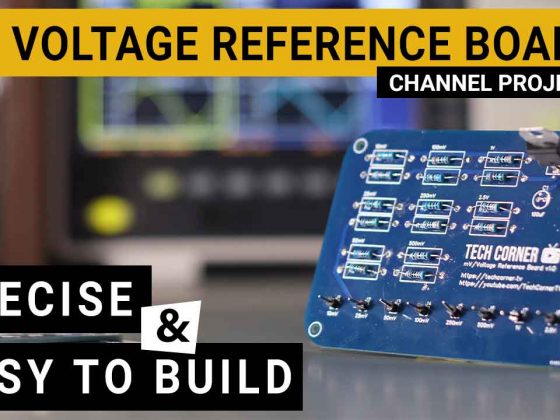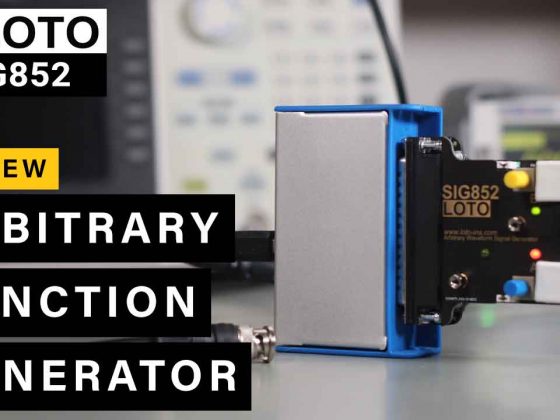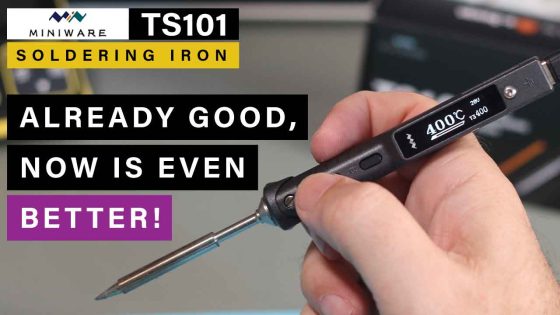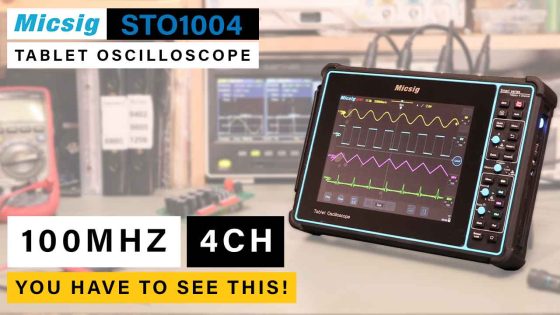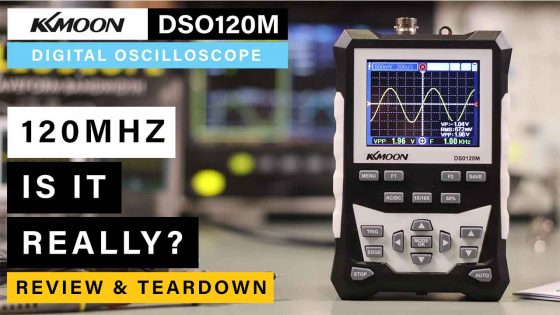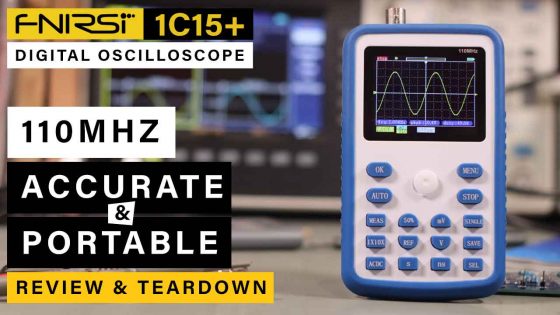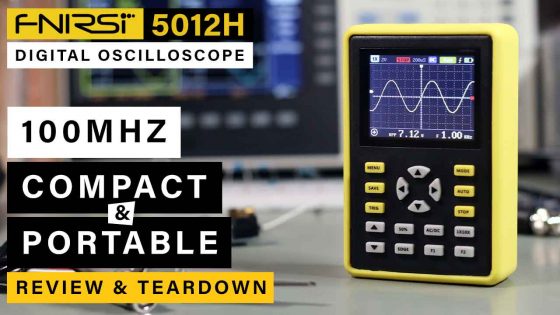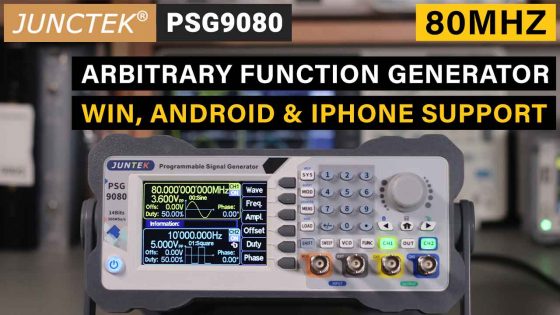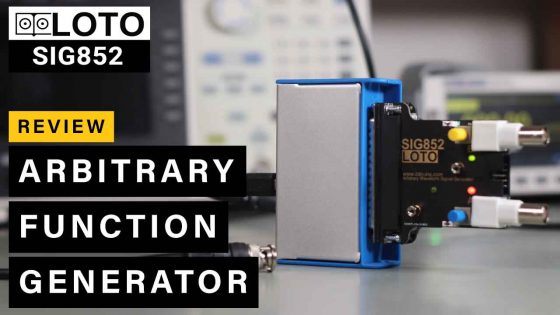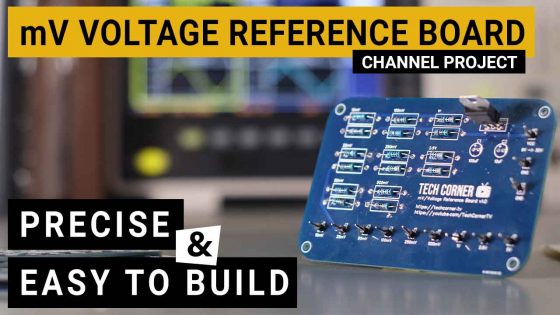I was pretty excited when I found out that FNIRSI just lunched the new DSI-TC2 multi-tester and this time, they it has also a oscilloscope and a voltimeter.
I was really happy to receive one of the first units in the market and spoiler alert, it was really nice to the revire of this component and let me tell you why.
FNIRSI has a lot of usefull equipments that I already reviewed a few, but I have to say that design and construction is not one of theirs strong arguments. I can point out one or two exception there, like the the DC-6006L power supply or the 1104D oscilloscope.
But with this product, I can identify clearly a change on the manafucture direction and quality, just for the photos I saw. I was really looking forward to test it.
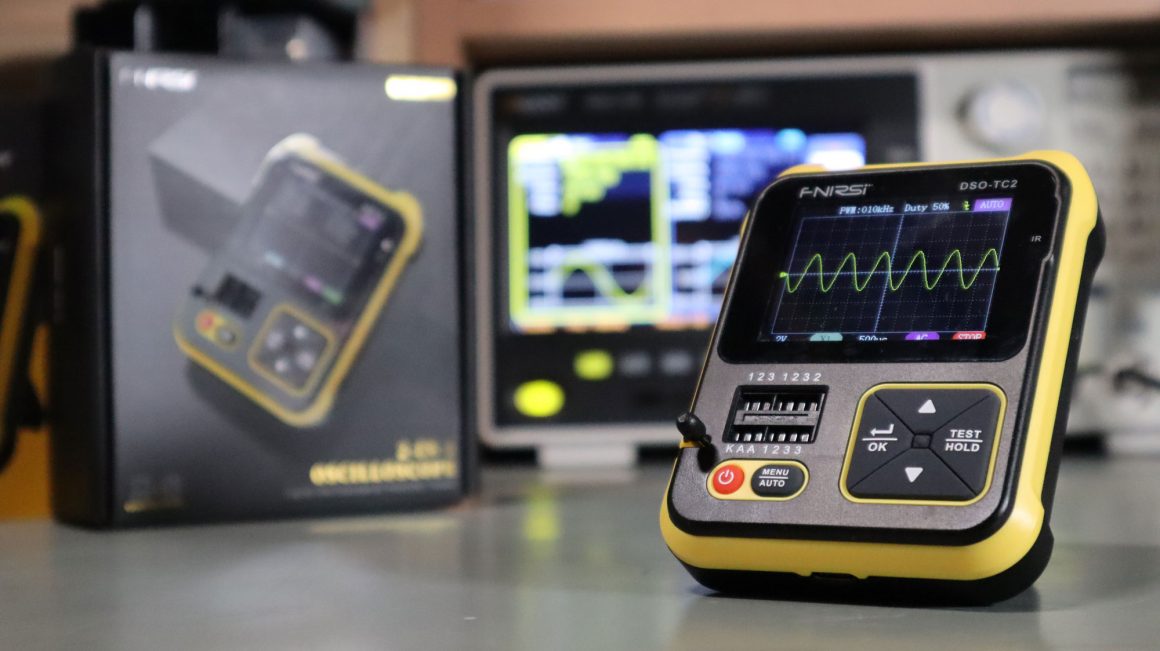
The new design team, confirmed by FNIRSI, is doing an excelent job in their newly launched products. After receiving this device, I could confirm that my initial expectations were right.
From the box/packing, to the new user manual and the construction, all is seamlessly well done. The box is has a nice presentation and the feel you have when you open it, is the same when you are opening a new mobile box. The user manual is a huge improment over the user manuals I received from previous products.
When I mention huge improvement, I really meant it. Is well organized, if clear infographics and a lot of information, clearly displayed. Everything the previous manuals weren’t, so a lot of effort in this one.
The FNIRSI DSO-TC2 is clearly a merge between the DSO-138 (PRO) oscilloscope and the TC1 multi-components tester and the nice part is that, seems to work.
The device has 3 small factor MCX connectors the voltemeter, oscilloscope and square wave generator (PWM).
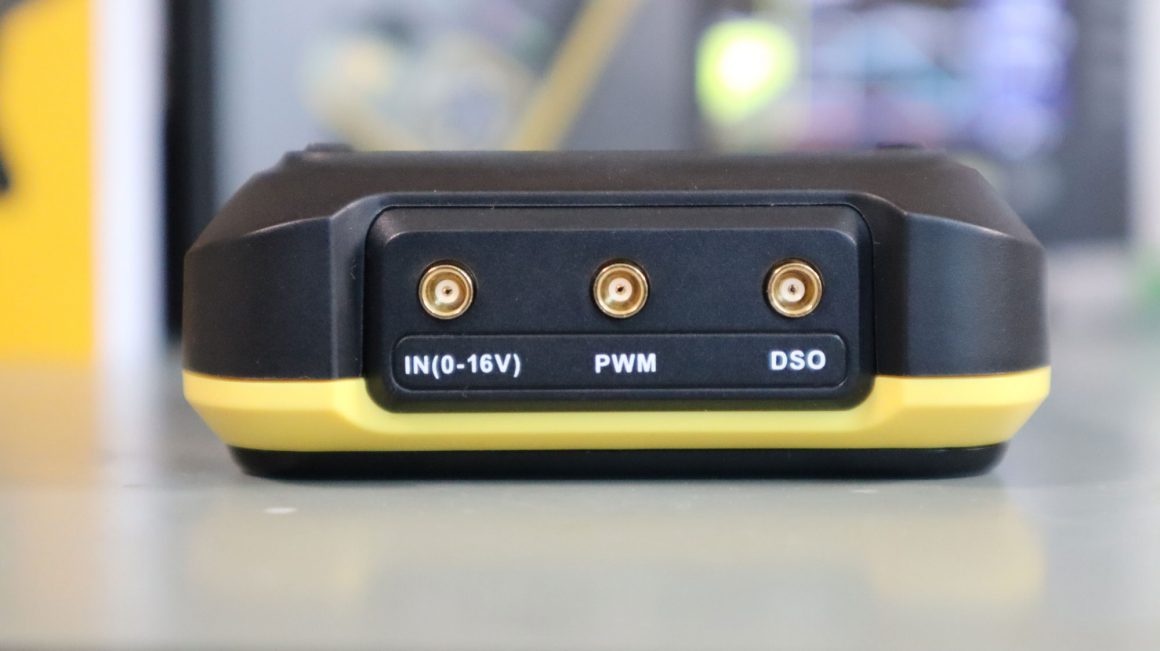
The DSO-TC2 buttons are made of rubber with a have nice touch. The interface both of the oscilloscope or the multi-component tester is pretty easy to use,
oscilloscope
The oscilloscope as the following features:
| Display | 2.4″ TFT (320×240) |
| Bandwidth | 200Khz |
| Sampling rate | 2.5MSa/s |
| Trigger | Auto / Normal / Single |
| Voltage range | 1x ±40V / 10x ±400V |
| Vpp | 1x 80V / 10x 800V |
| PWM output | 5V / Frequency: 0-80Khz / Dutty cycle; 0-100% |
| Battery | 1500mAh |
| Battery work time | 4 hours |
The oscilloscope has a very low bandwidth, but works very well.
Don’t expect any kind of bells & wishles other than some measures in the screen. You can also use AC/DC and change the edge. You have the normal trigger functions and that about it.
The operation work is exactly the same of the DSO-138 PRO oscilloscope, that I reviewed previously.
It also gives you a PWM generator, that allow you to output a square wave from 1 to 80Khz that can be controlled both from the oscilloscope or multi-compoent tester.
multi-component tester
Bellow are specs for the multi-component tester:
| Triode | Yes | |||||||||
| Diode | Yes | |||||||||
| Zener diode | Yes | |||||||||
| FET | JFET, IGBT, MIOSFET | |||||||||
| Triac | Yes | |||||||||
| Capacitance | 25pF to 100mF | |||||||||
| Resistance | 0.01Ω to 50MΩ | |||||||||
| Inductance | 10uH to 1000uH | |||||||||
| Voltage | 0.1V to 4.5V (battery) / 1V to 16V DC | |||||||||
| Temperature | DS18D20 and DHT11 sensor support | |||||||||
| IR decoder | NEC protocol, waveform, user & data code | |||||||||
The multi-component tester works also very well and is much faster than the previous TC1 that I have on my workbench, so big performance improvements here.
One major con was detected while measuring capacitators. For some reason, this device doesn’t show the Equivalent Series Resistance (ESR) value.
This device has embed also a voltmeter. You can’t measure high voltages but it will be enough for the common electronic project.
The support of 2 different temperature sensors (DS18D20 and DHT11) is also a nice touch.
CONCLUSION
To wrap this up, I was positevelly impressed with this device. It is fast, very precise when measuring compoents and the oscilloscope is a big bonus, considering the price of the device, that is around ~40€.
In my opinion as a device, the hobbyist/student market is the perfect target for this device. A professional can take great use of the mult-component tester also, since is fast and very accurate.
But a student will have two very nice pieces of hardware in only one device for an affordable price.
All things considered, I would by this device in a heart beat, no doubt in my mind about it. The multi-component tester is awesome and has a nice performance.
Want to know more or buy one, follow this link: https://geni.us/rDqW
Watch the review video bellow.
The affiliate links on this page allow us, without increasing your buy price, to receive a small fee in the case of you buying any of the items through our links. If you like to support TechCorner.TV, please use the provided affiliate links for your shopping.
TechCorner.TV Channels 🇺🇸 🇬🇧
⭐ Electronics – TechCornerTV – Eletronics, Projects & Tutorials
⭐ Tech & Consumer Electronics – TechCornerTV – Reviews & Tips
⭐ Unboxing & First Impressions – TechCornerTV – Mailbag day – Every monday at 8:00 AM GMT
Canais TechCorner.TV 🇵🇹 🇧🇷
⭐ Eletrónica (Reviews, Projetos & Tutoriais) – TechCornerTV – Eletrónica em Português
⭐ Tecnologia & Eletrónica de Consumo – TechCornerTV – Reviews e Dicas
Thank you for reading this article. ❤
If you liked, please share it, spread the love, pass the message on social networks and help us grow.
